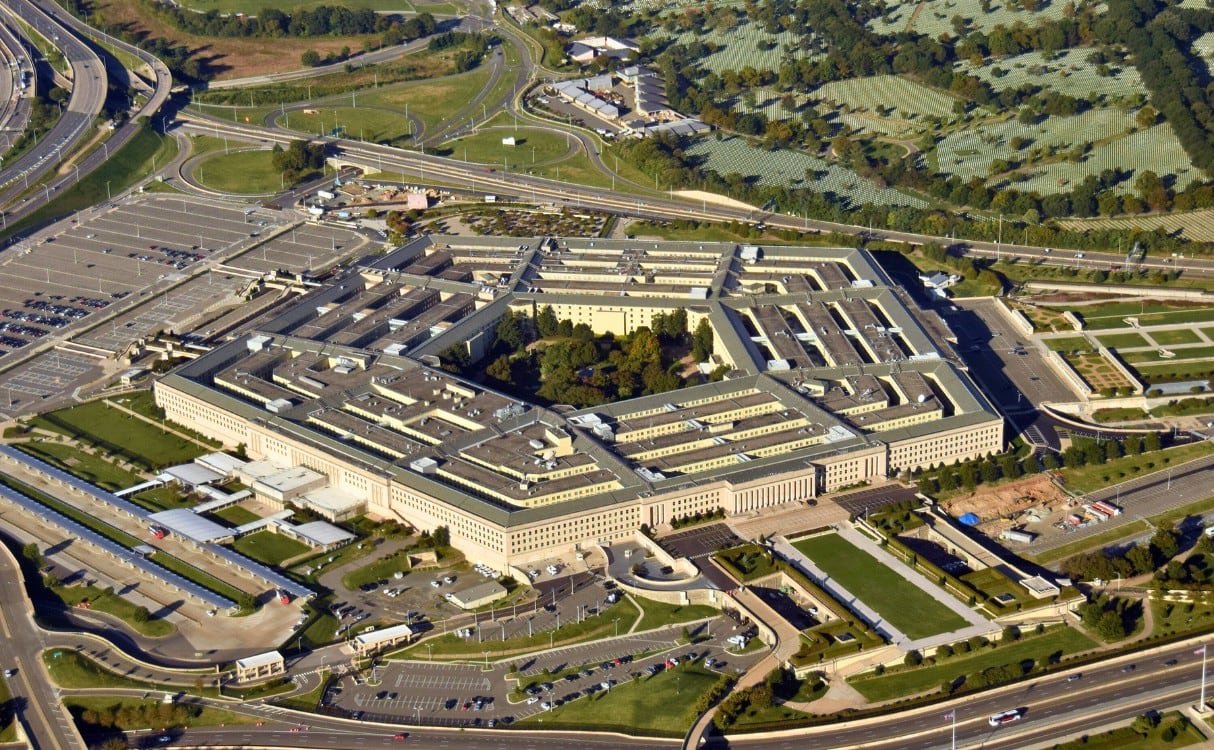The U.S. National Security Agency (NSA) has released a crucial Cybersecurity Information Sheet (CSI) offering guidance on enhancing the security of AI systems. This initiative introduces a fresh set of best practices to assist organizations in bolstering their security measures, particularly for National Security System (NSS) owners and Defense Industrial Base (DIB) companies preparing to deploy and manage AI systems created by external entities.
Key Highlights:
- Collaborative Effort: Developed in partnership with cybersecurity agencies from the U.S. (CISA, FBI), Australia, Canada, New Zealand, and the UK, demonstrating a global approach to AI security.
- Target Audience: Primarily aimed at organizations deploying AI systems created by external entities, though the principles can be adapted for various environments.
- Secure IT Infrastructure: Emphasizes the importance of applying robust security principles to the IT environments hosting AI systems, including governance, architecture, and secure configurations.
- Risk Assessment: Advises organizations to understand their risk tolerance and assess potential threats and impacts before deploying AI systems.
- Stakeholder Involvement: Stresses the importance of identifying roles, responsibilities, and accountability for all stakeholders involved in AI system deployment and management.
- Zero Trust Approach: Recommends adopting a Zero Trust mindset, assuming breaches are inevitable, and implementing strong detection and response capabilities.
- Monitoring and Logging: Advises implementing robust monitoring and logging mechanisms to detect abnormal behavior, potential security incidents, and data drift.
- Regular Security Audits: Encourages engaging external security experts for audits and penetration testing to identify overlooked vulnerabilities.
- Continuous Evaluation: Emphasizes the need for ongoing risk assessment and mitigation, especially when updating or changing AI models.
- Data Protection: Provides guidance on securing proprietary data sources used in AI model training and fine-tuning.
- Incident Response: Recommends establishing alert systems and automated triggers for quick identification and containment of compromises.
Why This Matters:
As AI systems become increasingly integrated into critical infrastructure and national security operations, ensuring their security is paramount. This guidance aims to improve the confidentiality, integrity, and availability of AI systems while mitigating known cybersecurity vulnerabilities.
The NSA’s Artificial Intelligence Security Center (AISC), established in September 2023, plans to continue working with global partners to develop additional guidance on AI security topics as the field evolves. This ongoing effort reflects the rapidly changing landscape of AI technology and the need for adaptive security measures.
Key Takeaways for Organizations:
- Implement robust security measures to prevent theft of sensitive data and mitigate misuse of AI systems.
- Prefer AI systems that are secure by design, where developers prioritize positive security outcomes.
- Conduct ongoing compromise assessments on devices with privileged access or critical services.
- Enforce strict access controls and API security for AI systems, employing least privilege and defense-in-depth concepts.
- Maintain awareness of current and emerging threats in the rapidly evolving AI field.
By following these guidelines, organizations can significantly reduce the risks involved in deploying AI systems, protecting their intellectual property, models, and data from theft or misuse. As the NSA guidance states, “Implementing good security practices from the start will set the organization on the right path for deploying AI systems successfully.”
Read the full article for more detailed information and specific recommendations.

